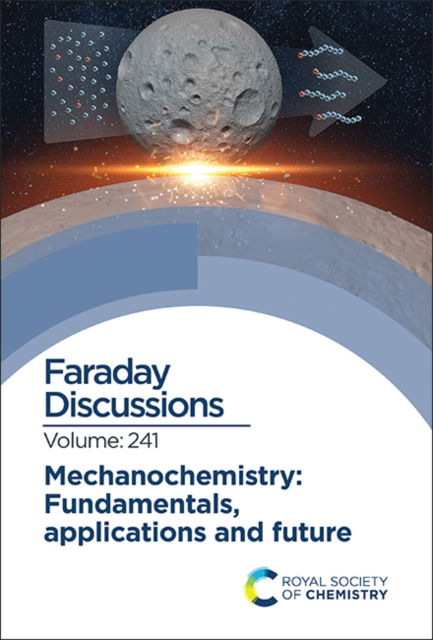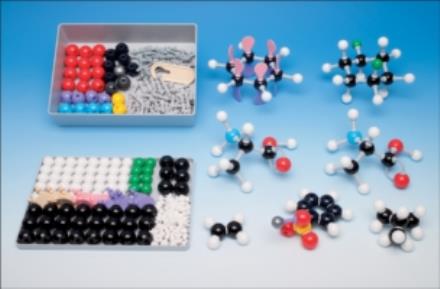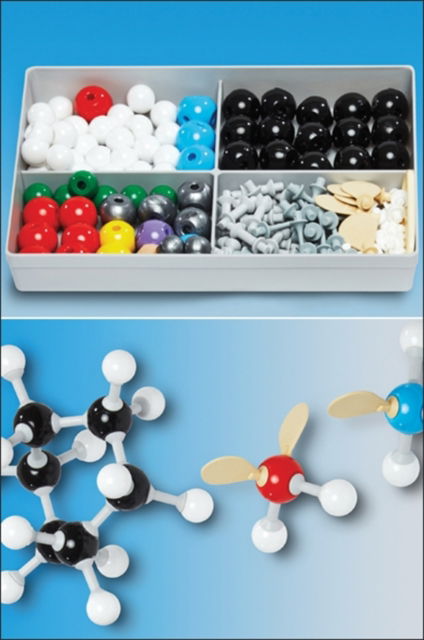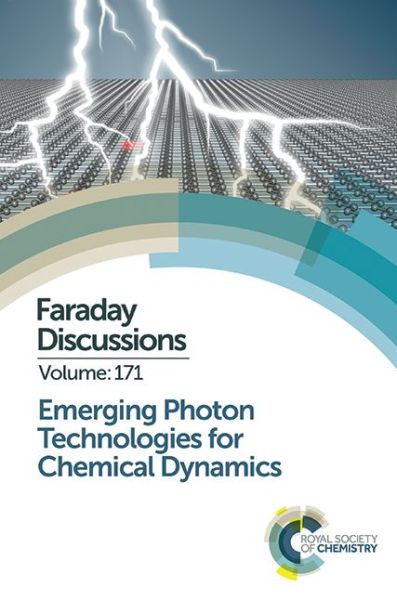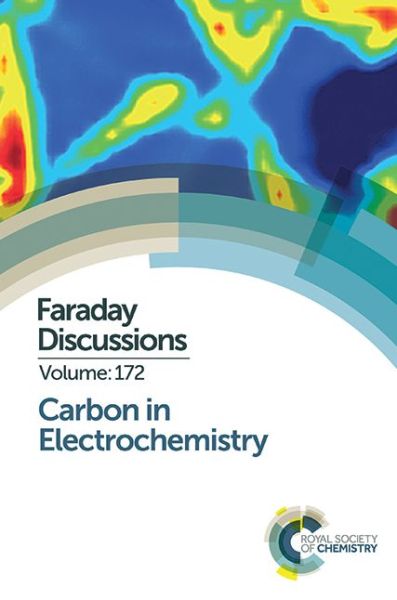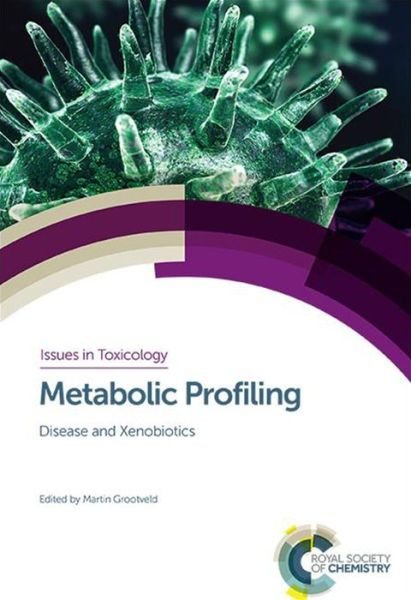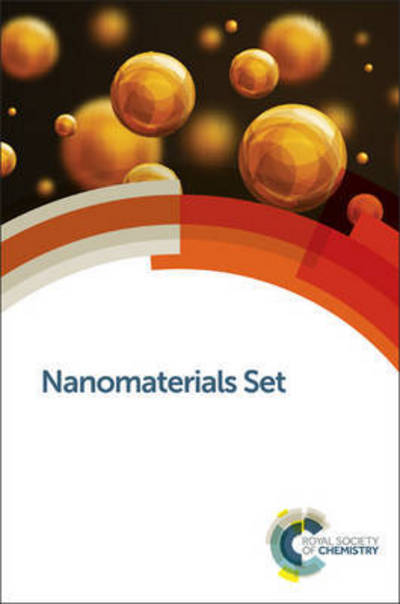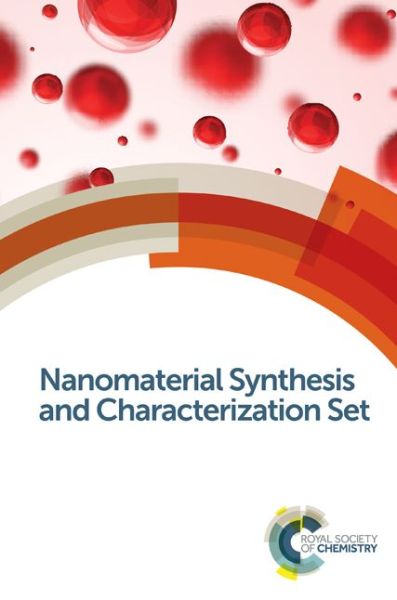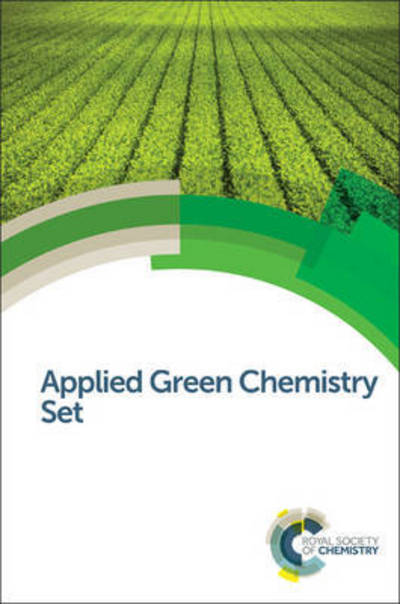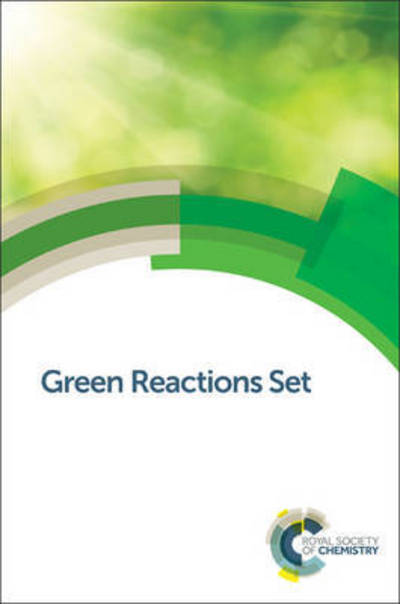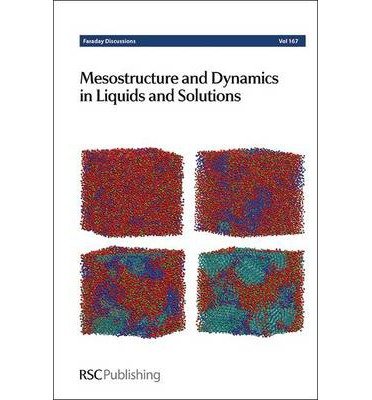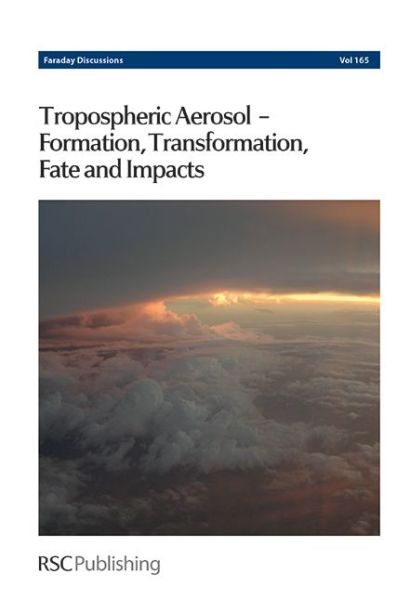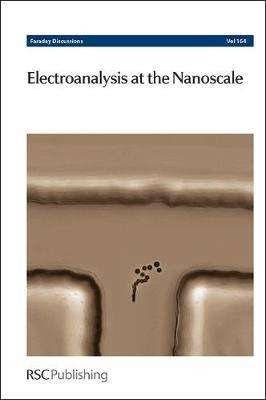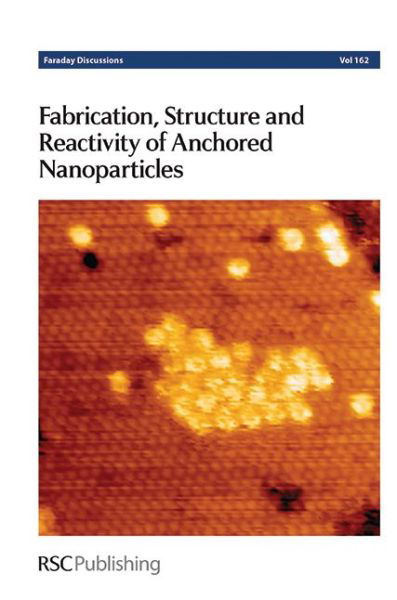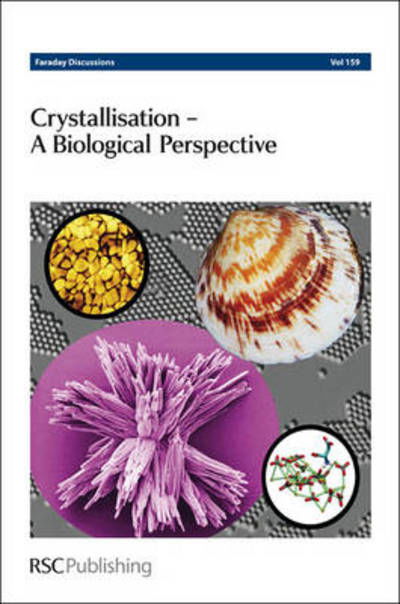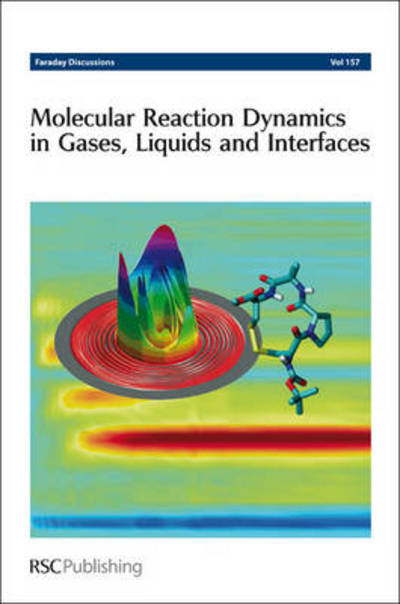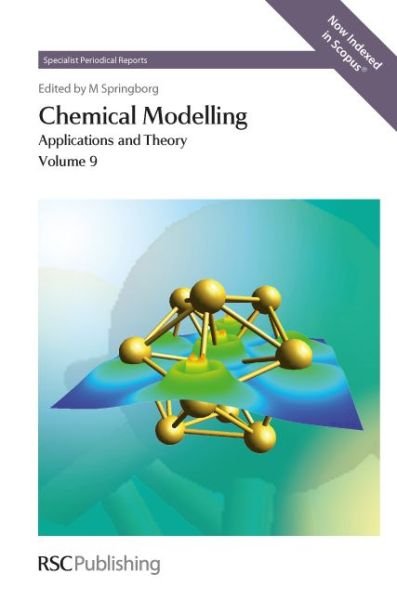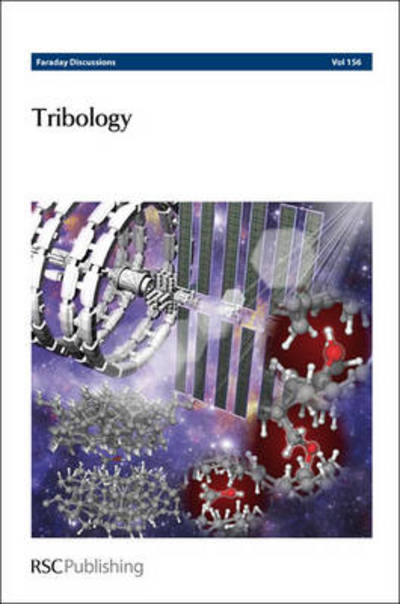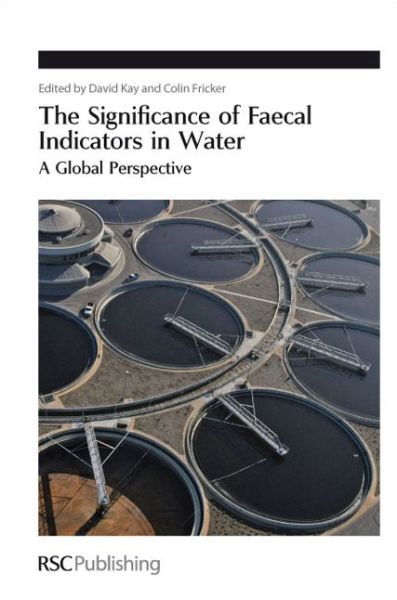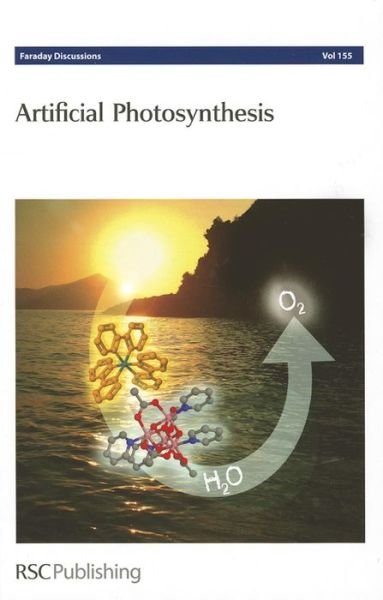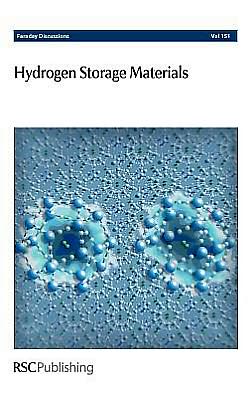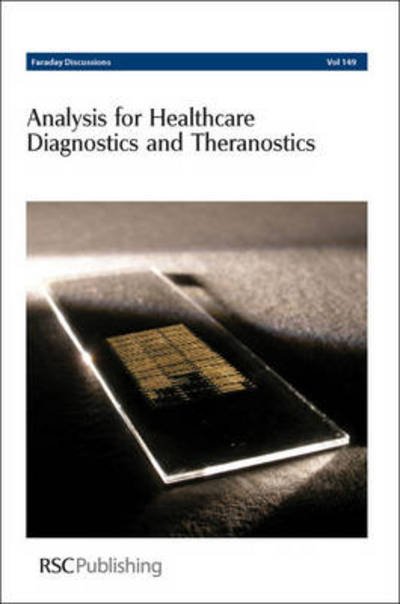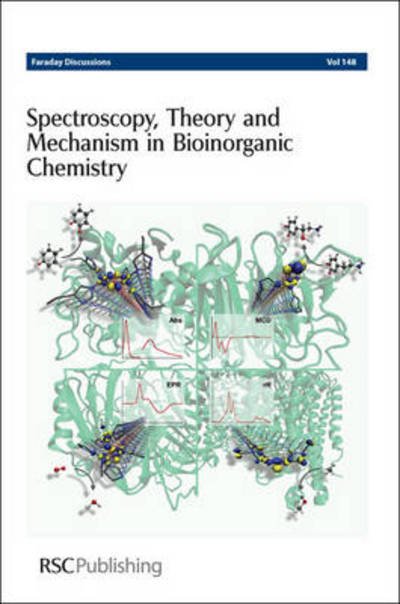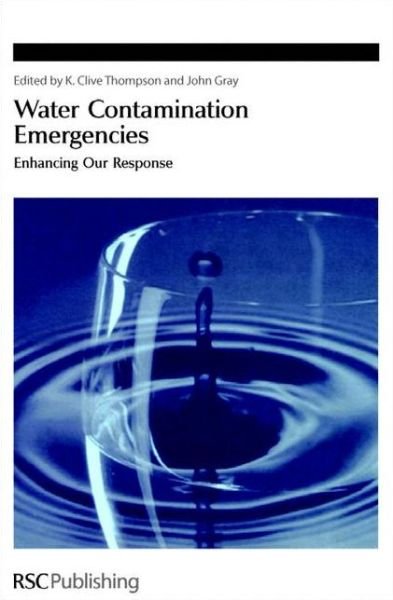
Tell your friends about this item:
Water Contamination Emergencies: Enhancing our Response - Special Publications
Royal Society of Chemistry
Water Contamination Emergencies: Enhancing our Response - Special Publications
Royal Society of Chemistry
Covering a range of topics, including: responses to water contamination emergencies, impacts on public health, risk assessment and threats to the water industry.
Marc Notes: Based on pre-pub. info. only. Due: 04/06.; Bibl. ref. & index.; Proceedings of the conference held in 2005. Table of Contents: Chapter 1: Introduction: Themes and Objectives; Chapter 2: Safety, Security, (Un)certainty; Chapter 3: The Water Industry's Perspective of Water Contamination Emergencies; Chapter 4: The Customers' View on Water Contamination; Chapter 5: Achieving an Appropriate Balance? - An Ofwat Perspective; Chapter 6: Water Contamination: Case Scenarios; Chapter 7: Chemical Contamination of Water - Toxic Effects; Chapter 8: HPA Role on Health Risk Advice to Public Health Teams; Chapter 9: Preventing Drinking Water Emergencies - Water Quality Monitoring Lessons from Recent Outbreak Experience; Chapter 10: Water Safety Plans and Their Role in Preventing and Managing Contamination of the Water Supply; Chapter 11: The Use of Computational Toxicology for Emergency Response Assessment; Chapter 12: Risk Management Capabilities - Towards Mindfulness for the International Water Utility Sector; Chapter 13: Mass Spectrometry Screening Techniques; Chapter 14: The Utilisation On-line of Common Parameter Monitoring as a Surveillance Tool for Enhancing Water Security; Chapter 15: Risk Assessment Methodology for Water Utilities (RAM-WTM) - the Foundation for Emergency Response Planning; Chapter 16: Faster, Smaller, Cheaper: Technical Innovations for Next-Generation Water Monitoring; Chapter 17: A Dutch View of Emergency Planning and Control; Chapter 18: Water Distribution System Modelling: an Essential Component of Total System Security; Chapter 19: Strengthening Collaborations for Water-Related Health Risk Communications; Chapter 20: Risk Assessment, Perception and Communication - Why Dialogue is Politic; Chapter 21: Bouncing Back; Chapter 22: Poor Communication During a Contamination Event May Cause More Harm to Public Health than the Actual Event Itself; Chapter 23: Communication of Tap-water Risks - Challenges and Opportunities; Chapter 24: Improving Communication of Drinking Water Risks Through a Better Understanding of Public Perspectives; Chapter 25: UK Water Industry Laboratory Mutual Group: Progress and Achievements; Chapter 26: Recent Advances in Rapid Ecotoxicity Screening; Chapter 27: A Water Company Perspective; Chapter 28: Rapid Detection of Volatile Substances in Water Using a Portable Photoionization Detector; Chapter 29: Analysis Methods for Water Pollution Emergency Incidents; Chapter 30: Laboratory Environmental Analysis Proficiency (LEAP) Emergency Scheme; Chapter 31: Electronic attack on IT and SCADA Systems; Chapter 32: Incident Involving Radionuclides; Chapter 33: CBRN Issues; Chapter 34: Screening Analysis of River Samples for Unknown Pollutants; Chapter 35: Microbiological Risk and Analysis Issues in Water; Chapter 36: Reagentless Detection of CB Agents; Chapter 37: Be Prepared, the Approach in the Netherlands; Chapter 38: Overview of the Water Company Challenges; Chapter 39: Closing Remarks; Part 2: POSTERS; Monitoring of Organic Micro Contaminants in Drinking Water Using a Submersible UV/VIS Spectrophotometer; Removal of Humic Substances from Water by Means of Ca2+- Enriched Natural Zeolites; Protective Effects of Cathodic Electrolyzed Water on the Damages of DNA, RNA and Protein; Detection of 88 Pesticides on the Finnigan TSQ(R) Quantum Discovery Using a Novel LC-MS/MS Method; Water Safety Plans: Prevention and Management of Technical and Operative Risks in the Water Industry; Analysis of Aquifer Response to Coupled Flow and Transport on NAOL Remediation with Well Fields; Safe Drinking Water: Lessons from Recent Outbreaks; Prevention and Security Measures Against Potential Terrorist Attacks to Drinking Water Systems in Italy; Improved Understanding of Water Quality Monitoring Evidence for Risk Management Decision-making; Tools for the Rapid Detection of Pathogens in Mains Drinking Water Supplies; Detection and Confirmation of Unknown Contaminants in Untreated Tap Water Using a Hybrid Triple Quadrupole Linear Ion Trap LC/MS/MS System; "Mind the Gap" - Facilitated Workshop; Publisher Marketing: Contamination of water supplies and the immediate availability of appropriate emergency responses to chemical, biological, radiological or nuclear (CBRN) events which result in contaminated water are becoming increasingly relevant and significant issues in the water industry and in the wider world. Consequently, new strategies and technologies are being constantly evolved and refined by leading experts in the field in order to achieve rapid and effective responses to water contamination events. Water Contamination Emergencies: Enhancing our Response brings together contributions from leading scientists and experts from both academia and industry in the field of water contamination and emergency planning. The book covers a wide range of topics including responses to water contamination emergencies, impacts on public health and commerce, risk assessment, analysis and monitoring, emergency planning, control and planning and threats to the water industry. This book is ideal for specialists in the field of water contamination and emergency response planning, especially researchers and professionals in industry and government who require an authoritative and highly specialised resource on water contamination management. The reader will gain an appreciation of the activities supporting the development of responses to contamination events; emergency actions required in response to the contamination of drinking water; and incident management. Also discussed are the importance of communication between organisations and the public; consumer perceptions and the need for robust and rapid screening of samples taken in response to potential contamination events in order to help answer the key question "Is this water safe to drink?"
Contributor Bio: Gray, John John Gray, Ph. D., is one of the world's leading relationship experts, and an authority on improving communication styles for couples, companies, and communities. His many books have sold more than fifty million copies in fifty different languages worldwide. John lives with his wife and children in northern California.
| Media | Books Hardcover Book (Book with hard spine and cover) |
| Released | April 4, 2006 |
| ISBN13 | 9780854046584 |
| Publishers | Royal Society of Chemistry |
| Pages | 382 |
| Dimensions | 156 × 234 × 20 mm · 733 g |
| Editor | Gray, John (Dept. for Environment, Food and Rural Affairs, UK) |
| Editor | Thompson, K Clive (ALcontrol UK Ltd, UK) |
More by Royal Society of Chemistry
See all of Royal Society of Chemistry ( e.g. Hardcover Book , Book , Paperback Book , Flashcards and Cards )



